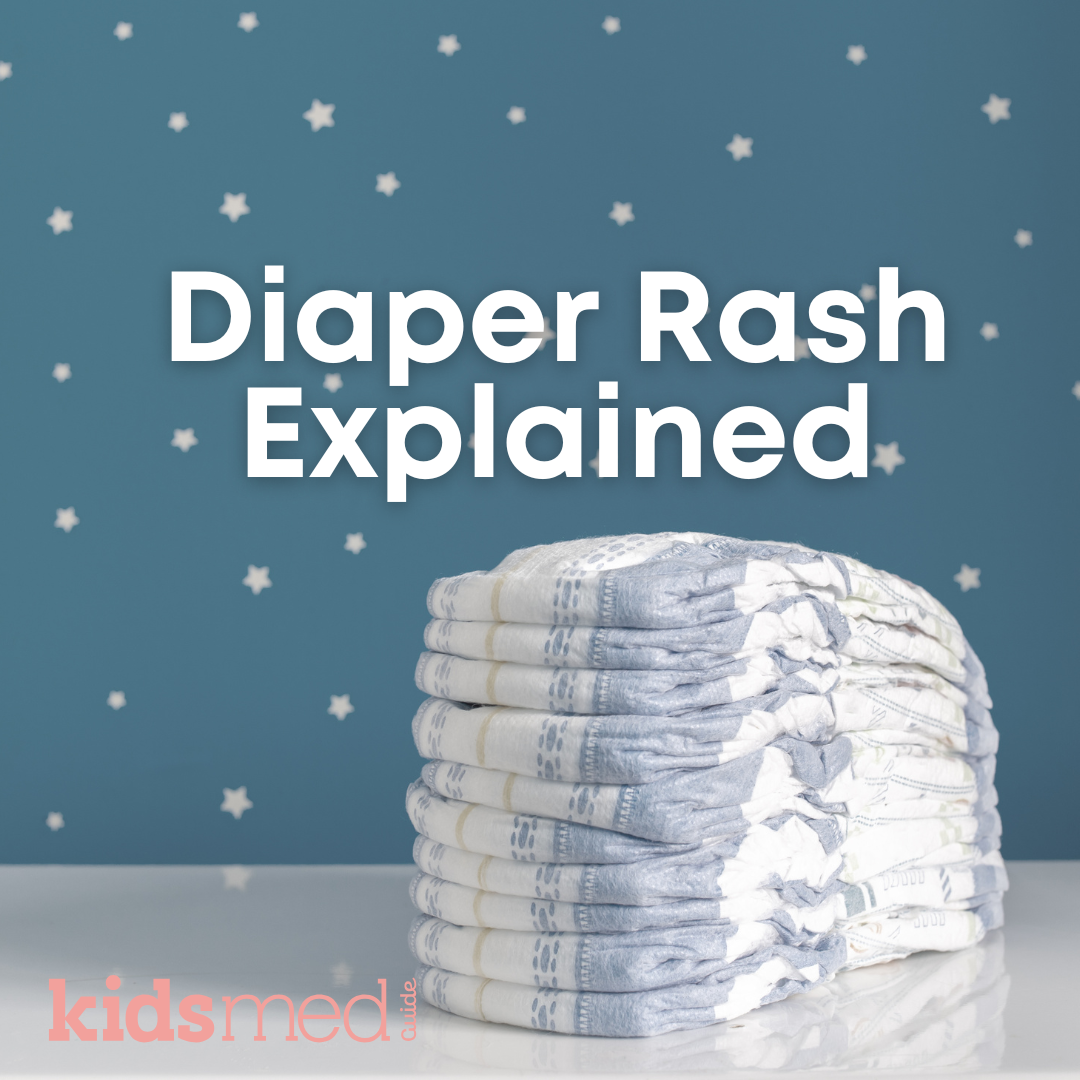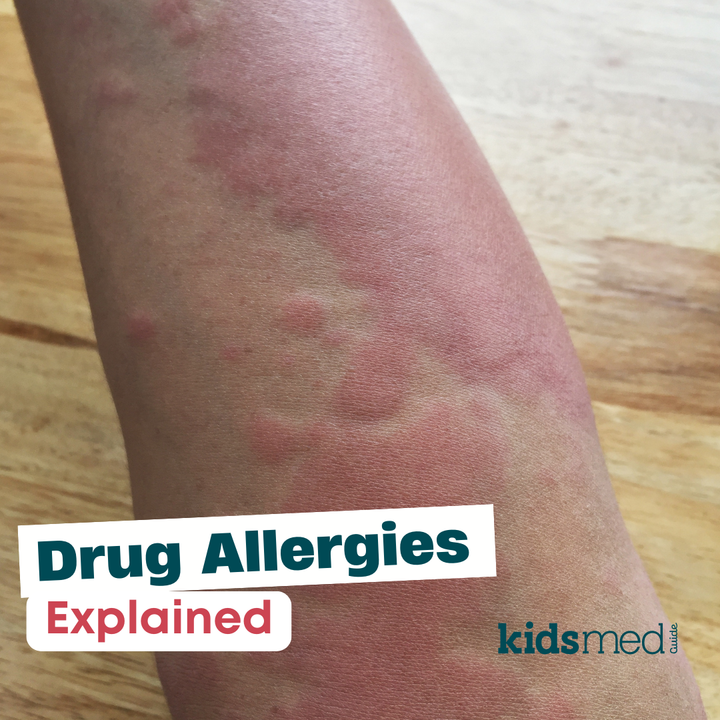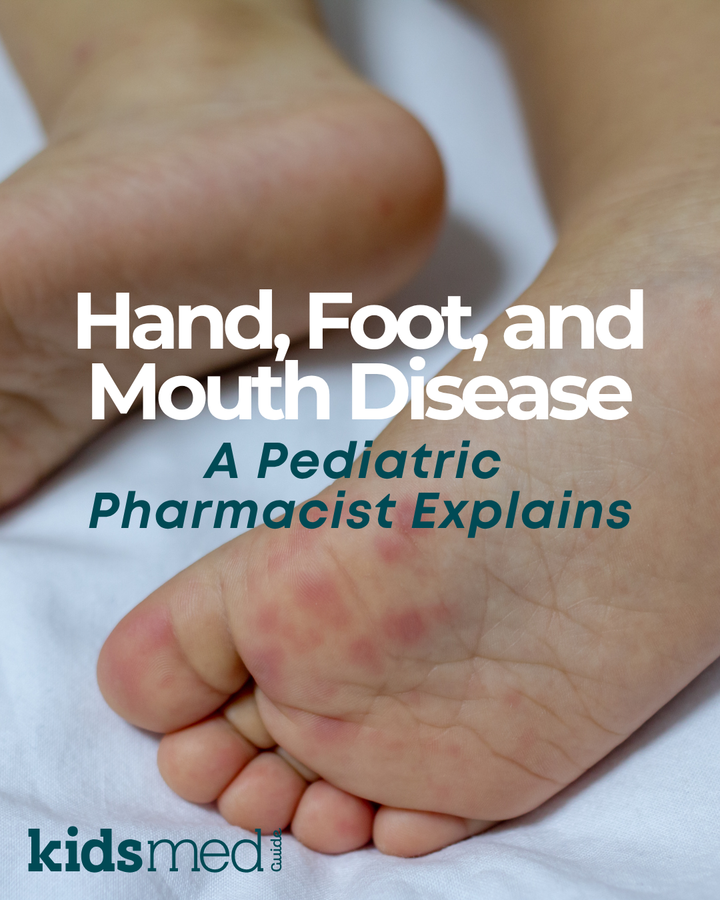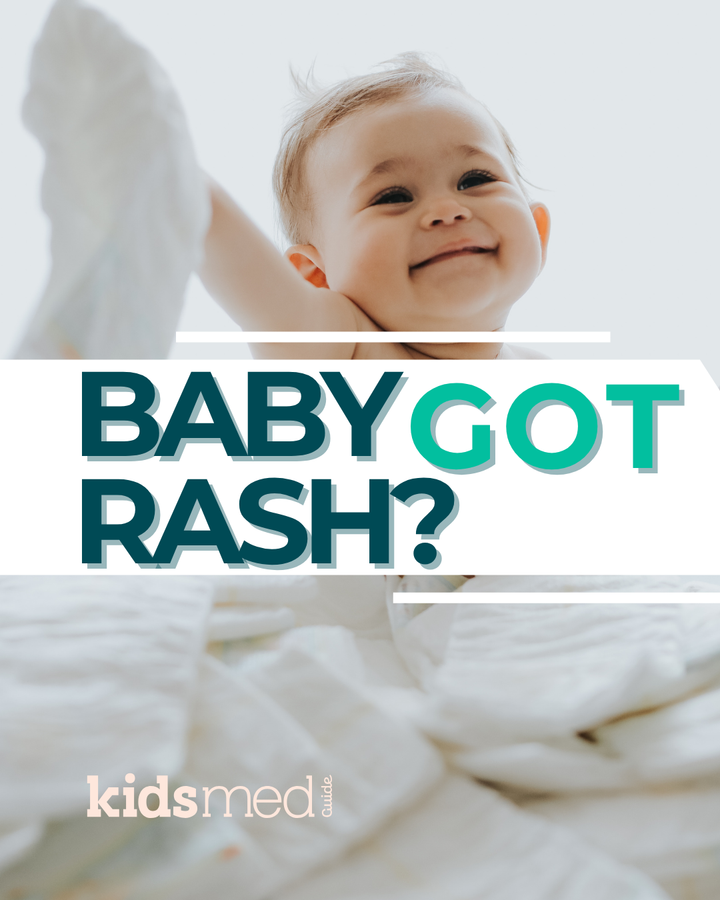Diaper Rash Treatments: What’s in That Tube?

Diaper rash happens to the best of buns. It’s one of the most common skin issues in babies. Even with perfect diaper hygiene, many children will experience it at some point during their early years. It’s generally not harmful, but it can be bothersome for little ones. No one likes chafing….
With the right cream (or paste or ointment or balm), you can protect your baby’s skin and hopefully prevent that rash from coming back! There are multiple options available over the counter, and you can usually manage this safely at home.
What Causes Diaper Rash?
Irritant diaper rashes are caused by… you guessed it… something irritating the skin!
- Prolonged exposure to moisture (wet or soiled diapers)
- Friction from diapers or wipes
- Diarrhea
- Teething (extra saliva being swallowed leads to more GI activity)
- Reactions to soaps, detergents, diapers, wipes, etc.
Yeast diaper rashes occur when there is an imbalance of normal skin flora, leading to yeast overgrowth and resulting in an infection. This can happen after taking antibiotics or due to a persistent irritant rash.
Similarly, bacterial infections may occur, often caused by common skin bacteria such as staph or strep. These infections are sometimes superimposed on a routine irritant rash.
Allergic reactions can also occur to foods or medicines. They may be limited to the diaper area or can affect the diaper area along with other parts of the body.
What Does Diaper Rash Look Like
Diaper rash typically appears as pink or red patches in the diaper area. It is common for it to begin in the areas of the skin that remain in contact with the diaper for extended periods, such as those little butt cheeks. If left untreated, it can start to spread across the diaper area.
Concerning diaper rash signs include bright red, shiny patches; areas of pus or swelling; painful, warm areas; and a rash that spreads rapidly or appears deep red in color. Seek medical attention if you see any of these signs.
Types of Diaper Rash Treatments
For irritant rashes, focus on removing the irritant, keeping the skin clean and dry, and using a protective barrier cream.
Two of the more common ingredients are:
Zinc Oxide
- The most common barrier ingredient
- Found in brands like Desitin, Boudreaux’s Butt Paste, Triple Paste
- Creates a thick layer to protect skin from moisture and irritants
- Also helps to soothe irritated skin
Petrolatum (Petroleum Jelly)
- Found in products like Vaseline, Aquaphor, or A&D Ointment
- Acts as a moisture barrier; best for prevention or mild irritation
- Doesn’t treat yeast or bacteria, but great for sealing out wetness
Other less common barrier cream ingredients include dimethicone, ceramides, lanolin, shea butter, oils. If your child has an allergy or sensitivity, there are many active ingredients to choose from.
For a yeast diaper rash, the treatment consists of keeping the area clean and dry and treating it with an antifungal cream. These are available over-the-counter (clotrimazole, miconazole), but you may want to consult your pediatrician to confirm the rash is caused by yeast. There are prescription options as well.
Bacterial diaper rashes need to be treated by a pediatrician. They are usually treated with oral antibiotics in combination with topical remedies.
Topical steroids like hydrocortisone cream may sometimes used for severe inflammation—but only with pediatrician guidance. Overuse can thin a baby’s skin, so it’s not for routine diaper changes. If diaper rash is this severe, there could be other underlying causes.
How to Apply Diaper Cream Like a Pro
- Always apply to clean, dry skin
- Use a thick layer—think frosting a cupcake, not brushing on butter
- Don’t double dip! Use a clean finger, applicator, or scoop
- Apply with every change if rash is present
Preventing Diaper Rash
- Change diapers frequently. It’s annoying and expensive, but try to change a diaper as soon as it’s wet.
- Use a thick barrier layer on top of clean, dry skin before bed
- Use mild, water-based wipes or even a squirt bottle of clean water for changes
- Allow babies to air dry au naturale whenever possible
- Check your diaper size. Is it too tight?
- If irritant diaper rash is persistent, consider examining the ingredients in your wipes, diapers, soaps, lotions, and laundry detergent (if you use cloth diapers). Could something be irritating the skin? Is the baby eating a new food, or has something changed in the mom's diet if she is breastfeeding?
- If you struggle with yeast or bacterial diaper rashes, work with your doctor to determine the underlying cause. Frequent antibiotic use, for example, can disrupt the normal happy skin flora.
When to Call Your Pediatrician
- Rash isn’t improving after 2–3 days
- You see pus, open sores, or signs of infection
- Rash spreads beyond the diaper area
- You suspect a yeast, bacterial, or allergic reaction
- Fever
- Pain, swelling, or deep redness
Final Thoughts
There’s no one-size-fits-all cream—but there’s a perfect match for every rash 😁 Whether you’re Team Desitin or Team Butt Paste, consistency is key. Focus on staying clean and dry, and the rash should clear up quickly.
Need a quick diaper-related laugh? Read our essay on potty training fails: The Diaper Chronicles, Part 1
The following references were used to compile this information:
Common Diaper Rashes & Treatments. (2020, January 15). HealthyChildren.Org. https://www.healthychildren.org/English/ages-stages/baby/diapers-clothing/Pages/Diaper-Rash.aspx?_gl=1*1tnit37*_ga*ODU0ODI1MzM3LjE3NDk4Mjc5NzI.*_ga_FD9D3XZVQQ*czE3NDk4Mjc5NzIkbzEkZzAkdDE3NDk4Mjc5NzIkajYwJGwwJGgw
Tellado, M. P. & MD. (n.d.). Diaper Rash Causes & Prevention. Retrieved June 13, 2025, from https://kidshealth.org/en/parents/diaper-rash.html



